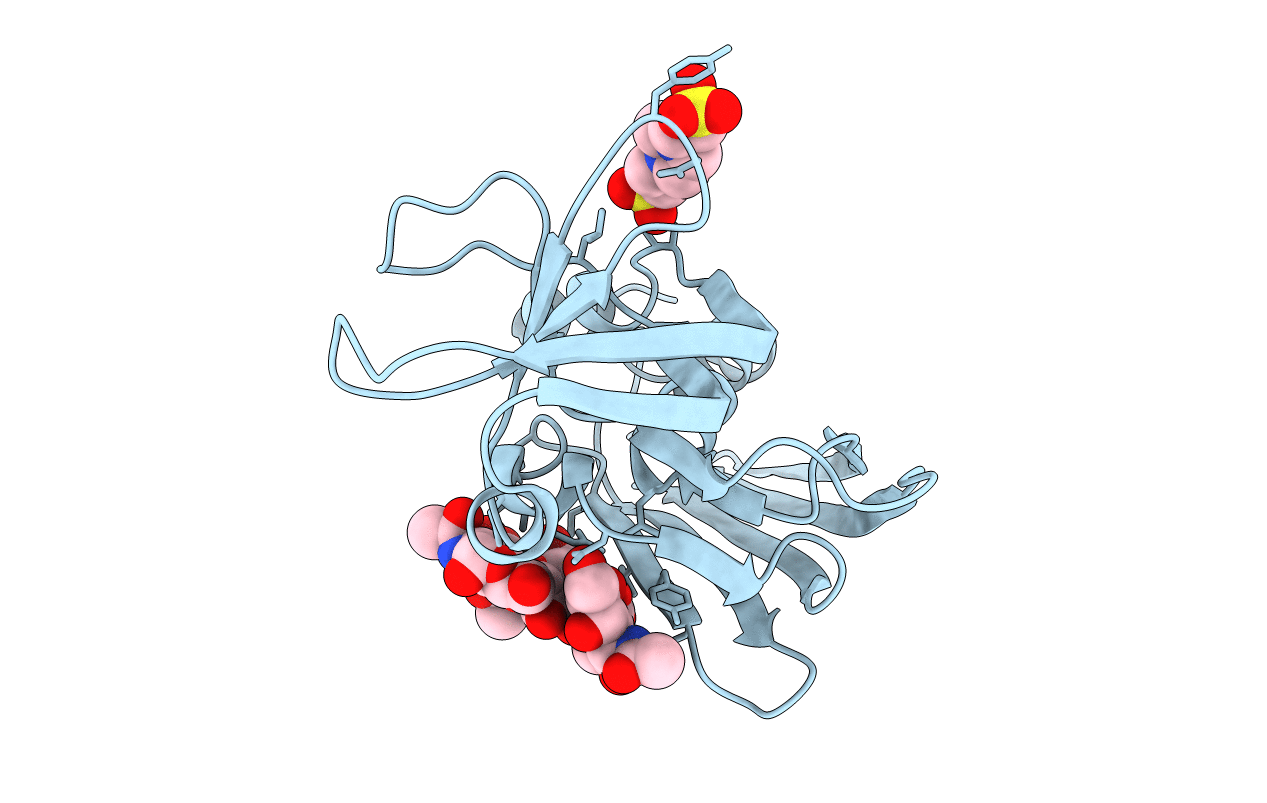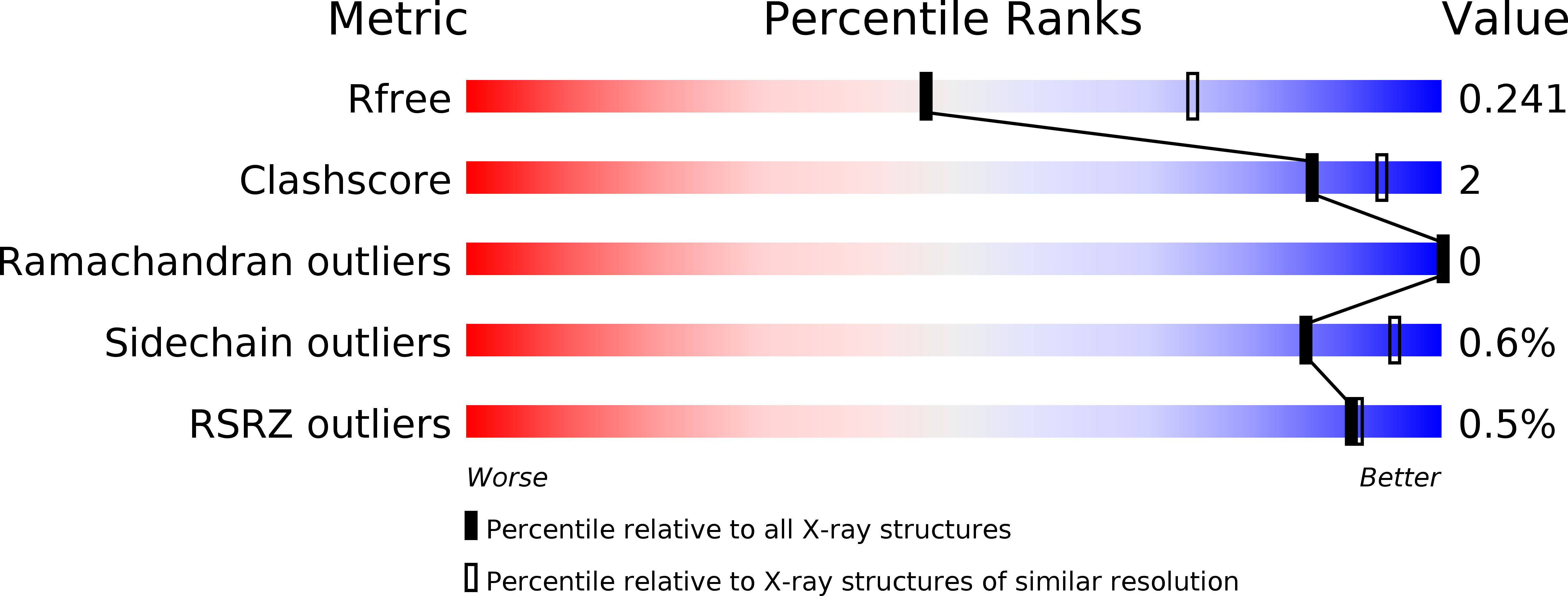
Deposition Date
2012-02-27
Release Date
2012-09-19
Last Version Date
2023-11-08
Entry Detail
PDB ID:
4DXG
Keywords:
Title:
Crystal structure of Staphylococcal Superantigen-Like protein 4 complexed with sialyl Lewis X
Biological Source:
Source Organism:
Staphylococcus aureus (Taxon ID: 426430)
Host Organism:
Method Details:
Experimental Method:
Resolution:
2.50 Å
R-Value Free:
0.25
R-Value Work:
0.18
R-Value Observed:
0.18
Space Group:
I 2 2 2


